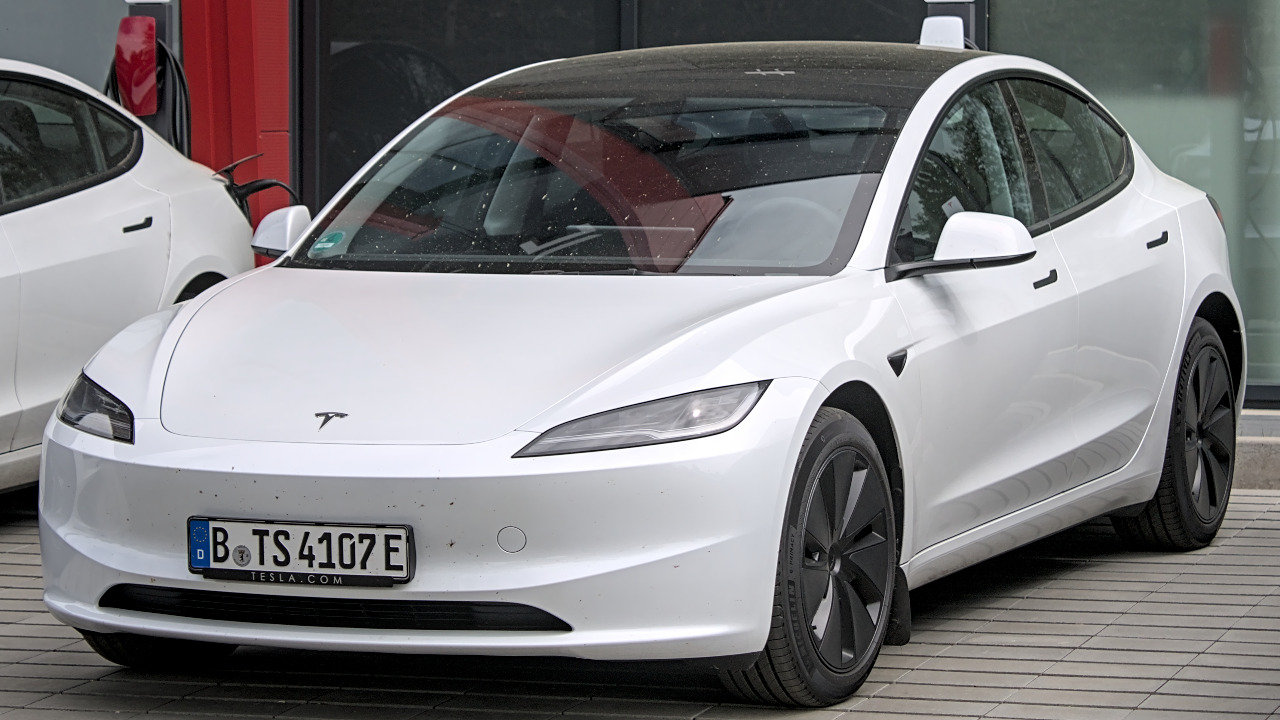
As Tesla continues to lead innovation in the automotive industry, many traditional automakers find themselves adopting similar features and technologies to keep up. From advanced software to unique design elements, Tesla’s influence is unmistakable. Here are ten features that other car manufacturers have integrated into their models, following Tesla’s lead.
1: Autopilot and Advanced Driver Assistance Systems
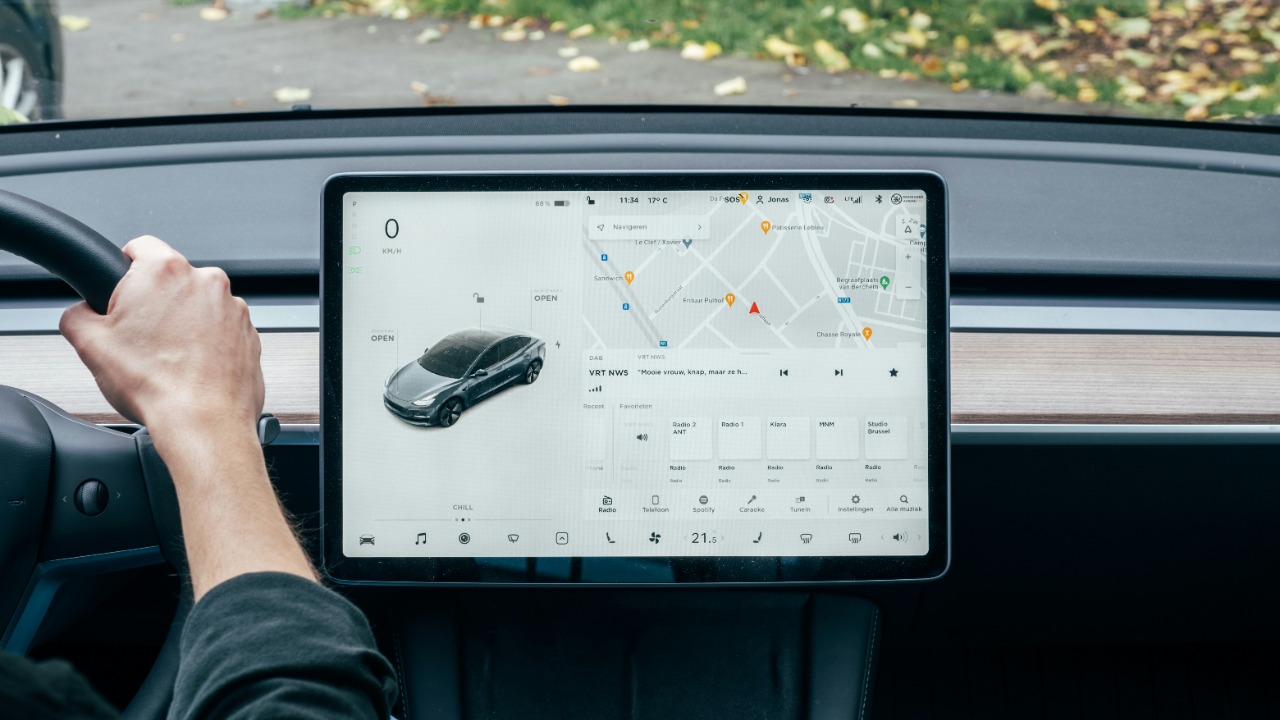
Tesla’s Autopilot has become synonymous with advanced driver assistance systems (ADAS) in the automotive world. It combines various technologies such as adaptive cruise control, lane centering, and self-parking. Companies like Mercedes-Benz with their Drive Pilot feature and BMW’s Driving Assistant Plus have introduced similar systems, highlighting Tesla’s impact on autonomous vehicle technology development.
These systems are not fully autonomous, but they provide a glimpse into the future of driving. The ambition is to achieve Level 5 autonomy, where the car can handle all aspects of driving without human intervention. Tesla’s continuous updates and improvements to Autopilot have set a high bar for competitors.
2: Over-the-Air Software Updates
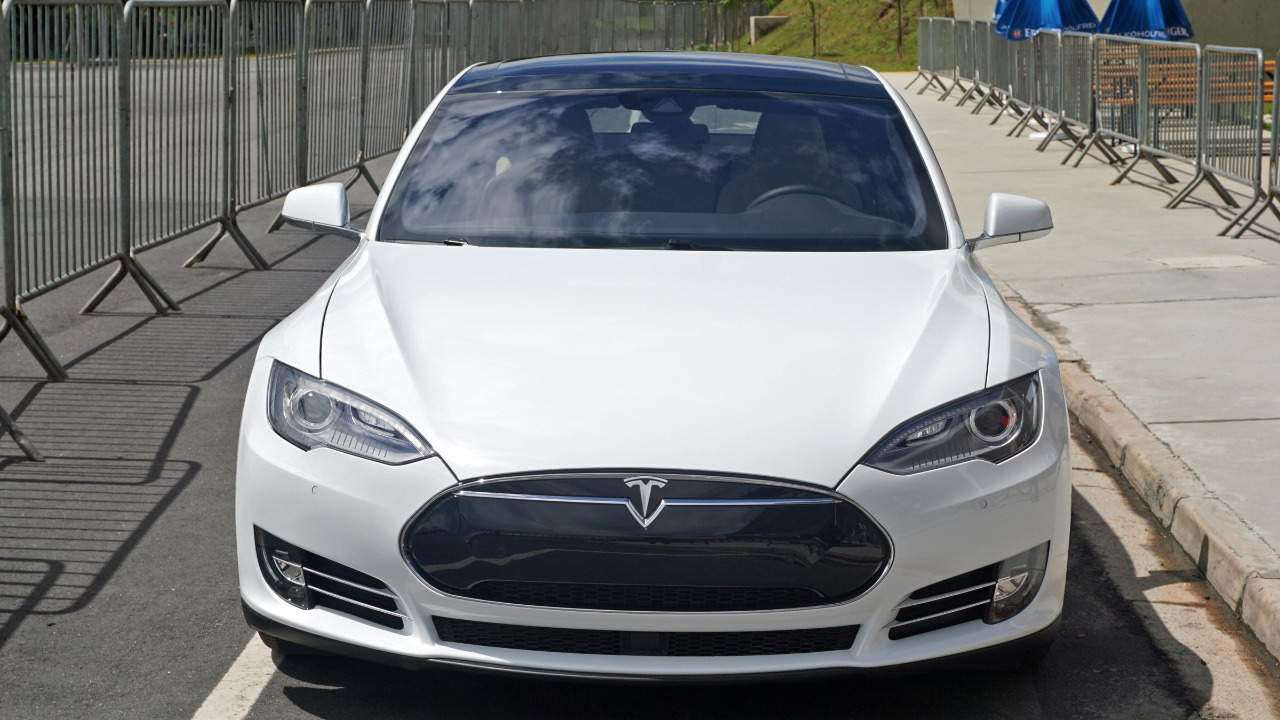
Tesla was one of the first to introduce over-the-air (OTA) software updates, a feature that allows vehicles to receive updates remotely, much like a smartphone. This innovation has become a standard expectation, with companies like Ford and GM adopting similar capabilities in their latest models.
OTA updates provide significant advantages, including the ability to fix bugs, introduce new features, and enhance security without requiring a physical service visit. This technology not only improves the convenience for car owners but also extends the life and functionality of their vehicles.
3: Large Touchscreen Interfaces
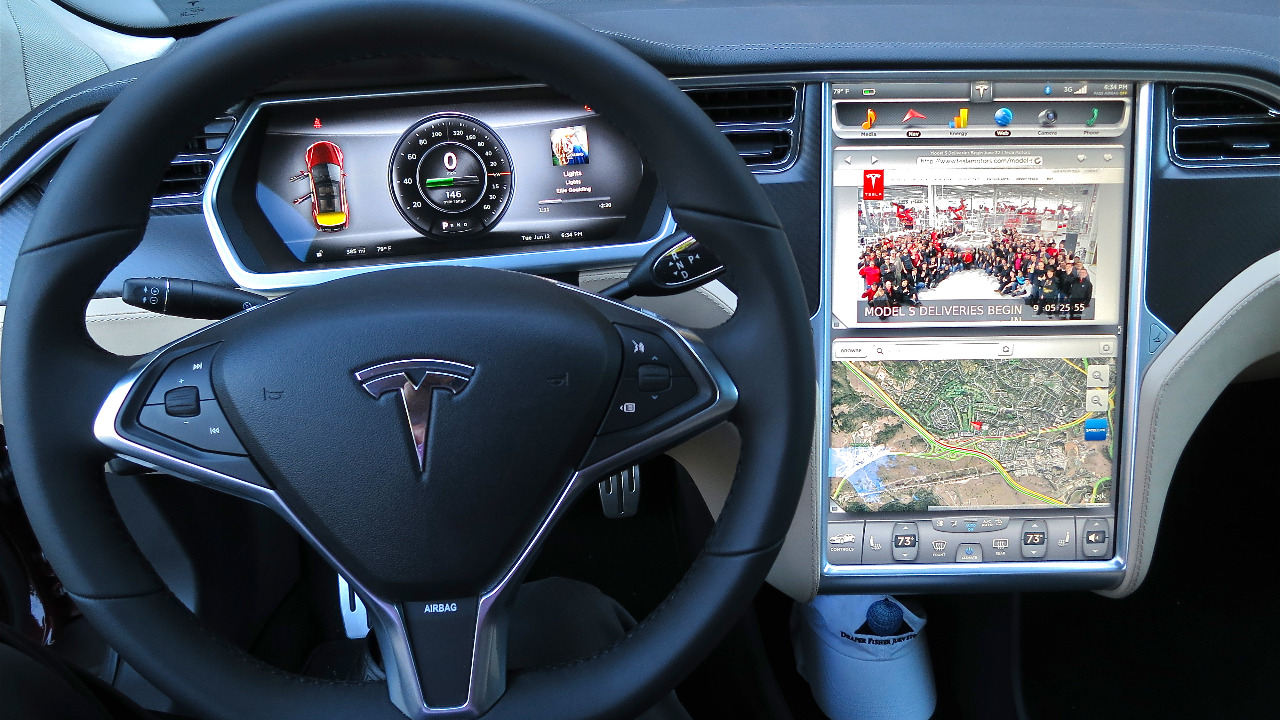
The Tesla Model S set a trend with its large, central touchscreen interface, replacing traditional buttons and controls. This design has been emulated by other automakers, such as the 2021 Ford Mustang Mach-E and the 2021 Volvo XC40 Recharge, both featuring prominent touchscreens.
These interfaces offer an intuitive user experience, allowing drivers to easily access navigation, entertainment, and vehicle settings. The shift towards digital dashboards reflects the growing consumer demand for technology-driven interfaces in vehicles.
4: Minimalist Interior Design

Tesla’s minimalist interior design, characterized by clean lines and an uncluttered dashboard, has become a trendsetter. Other manufacturers like Lucid Motors and Rivian have adopted similar designs, emphasizing simplicity and functionality.
This approach not only creates a spacious feeling inside the car but also allows for more focus on driving. The minimal use of physical buttons and switches aligns with the digital transformation of car interiors, making them more adaptable to future technological advancements.
5: Long-Range Electric Batteries

Tesla’s emphasis on long-range electric batteries has pushed the boundaries of what electric vehicles (EVs) can achieve. The Model S Long Range Plus, for example, offers over 400 miles on a single charge, setting a benchmark for other manufacturers.
Manufacturers such as Hyundai and Chevrolet have been inspired to improve their battery technology, with models like the Hyundai Kona Electric and Chevrolet Bolt EV offering competitive ranges. This focus on extending range is crucial for the broader adoption of EVs.
6: Sentry Mode and Advanced Security Features
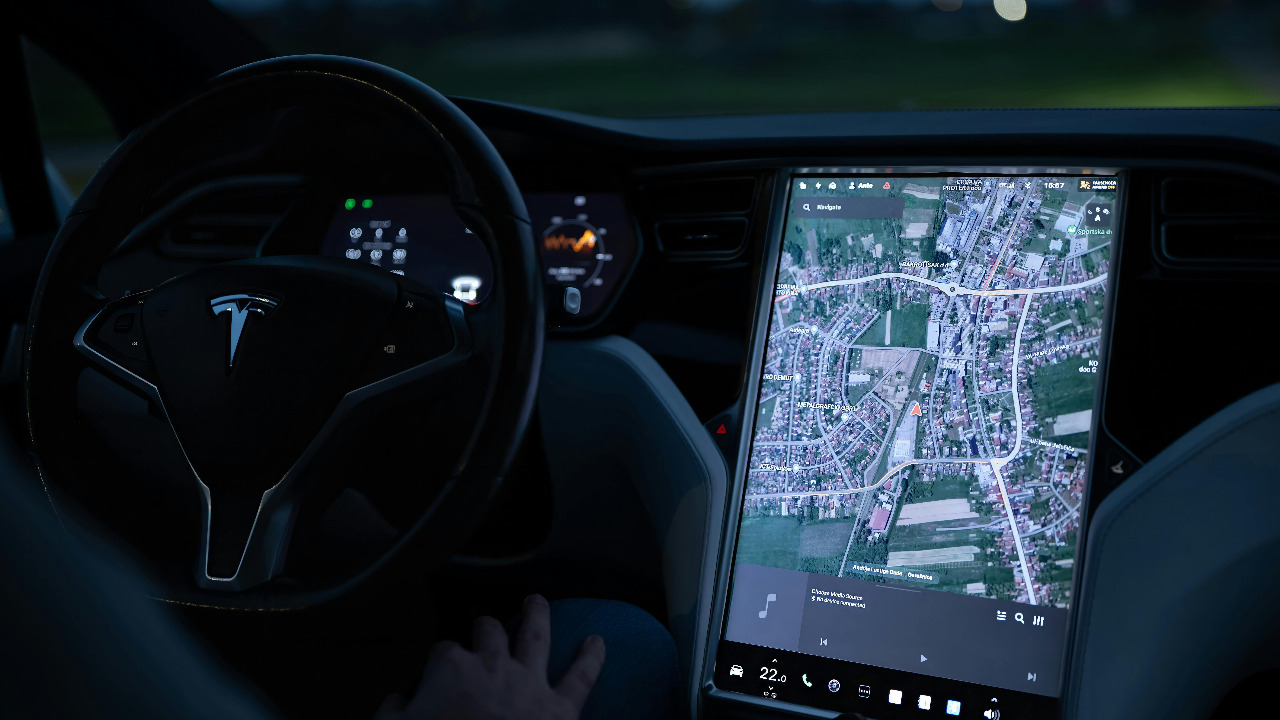
Sentry Mode, introduced by Tesla, uses the vehicle’s cameras to monitor its surroundings and record potential threats. This security feature has been mirrored by other companies like Rivian, which offers a similar security system in its R1T pickup.
Advanced security features like these provide peace of mind to owners, deterring theft and vandalism. The integration of such technologies demonstrates the automotive industry’s commitment to enhancing vehicle security through innovation.
7: Integrated Smartphone App Control
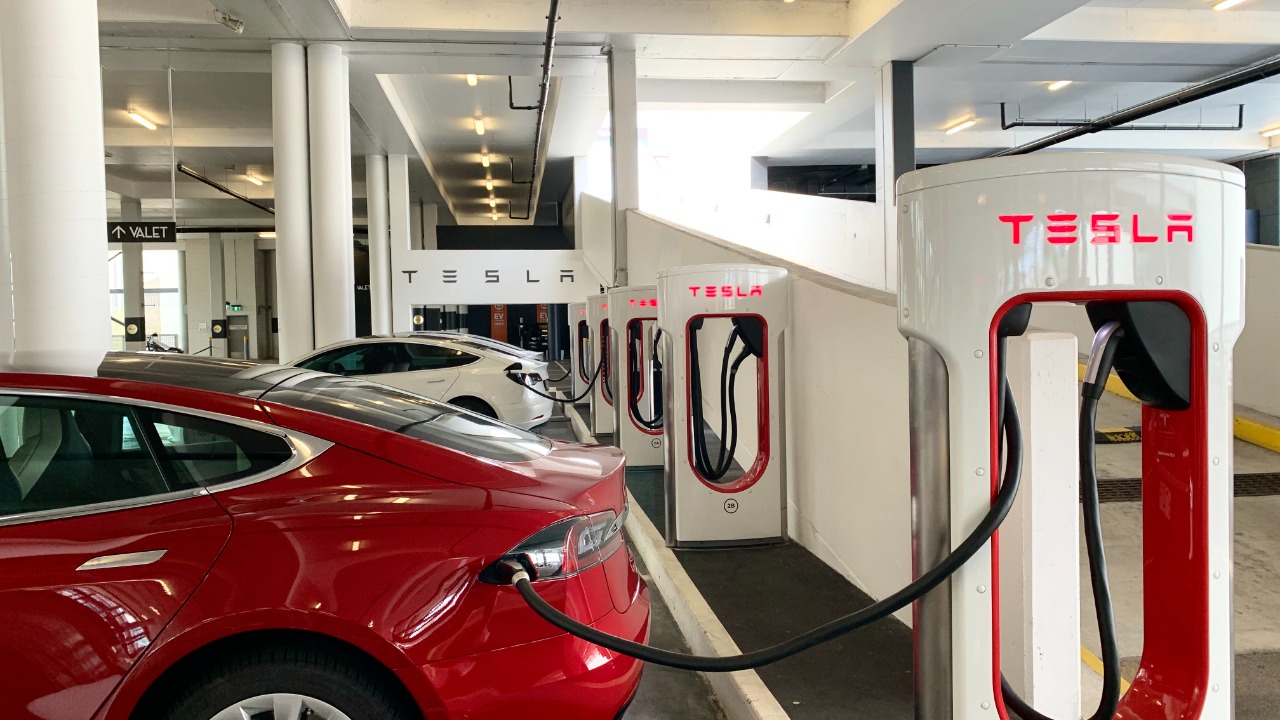
With the Tesla app, owners can control various aspects of their vehicles remotely, such as climate control, charging, and location tracking. This feature has been adopted by several automakers, including BMW with their My BMW app and Ford with FordPass.
The convenience of controlling a vehicle through a smartphone app highlights the shift towards a more connected and seamless car ownership experience. As technology evolves, these apps are expected to offer even more functionality, further integrating vehicles into the digital ecosystem.
8: Customizable Driving Profiles
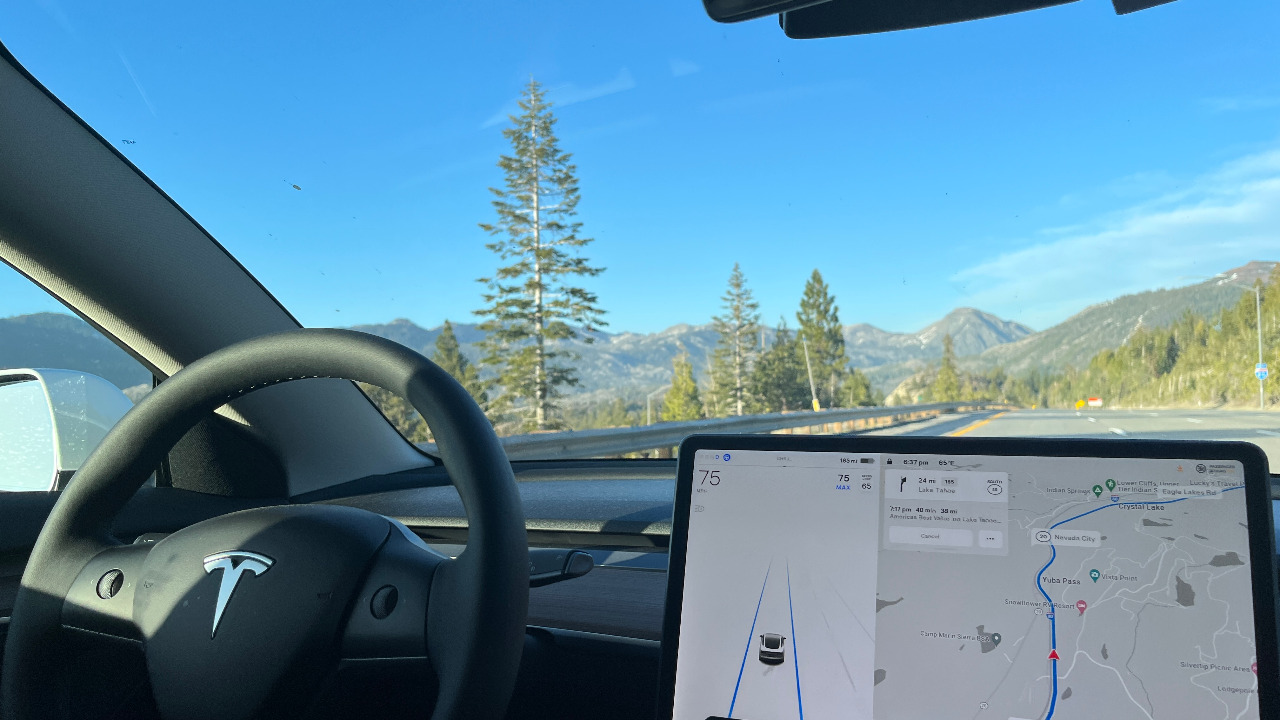
Tesla’s customizable driving profiles allow drivers to tailor settings like seat position, climate, and driving modes to their preferences. This personalized experience has been emulated by other brands, such as Mercedes-Benz and Audi.
These profiles not only enhance comfort but also improve safety by ensuring that each driver adjusts the vehicle to their optimal settings. As cars become more advanced, the ability to personalize the driving experience will continue to be a sought-after feature.
9: All-Glass Roofs
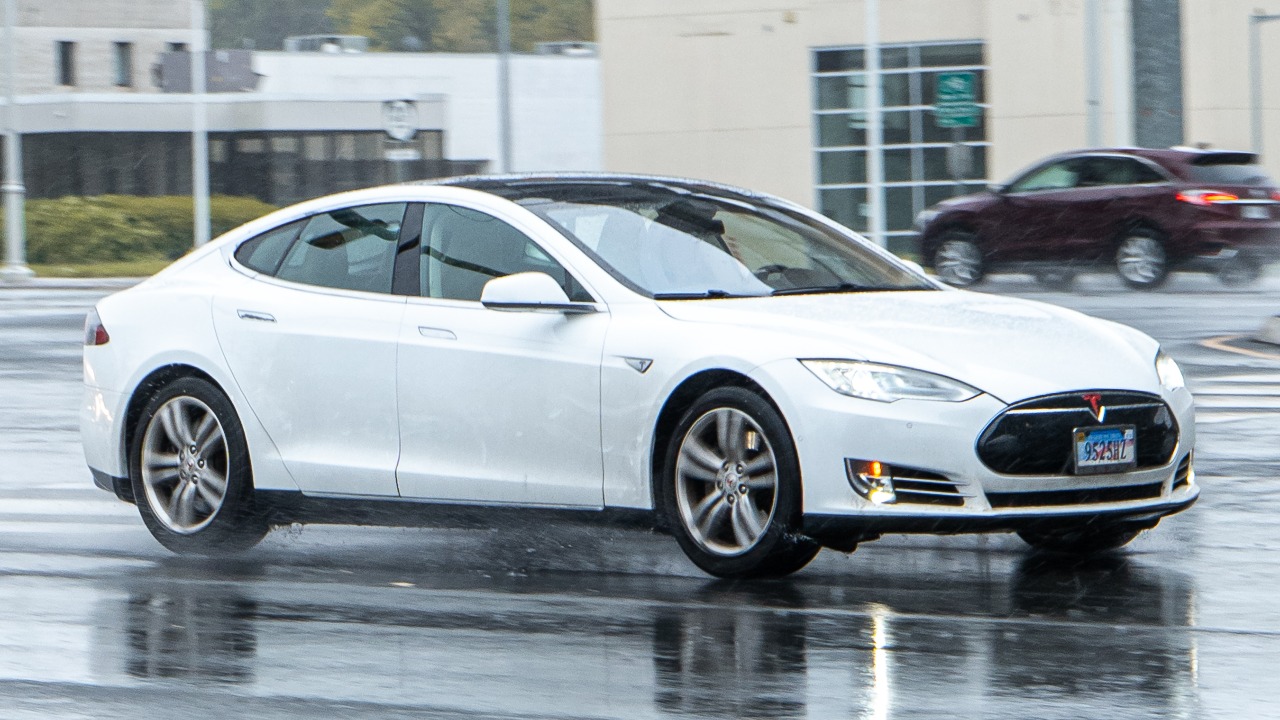
The all-glass roof design, popularized by Tesla, offers a panoramic view and an open, airy feel to the cabin. Vehicles like the 2021 Polestar 2 and the 2021 Audi e-tron Sportback have adopted similar designs to enhance the passenger experience.
This feature not only improves aesthetics but also contributes to the overall sense of space within the vehicle. The use of advanced glass technology ensures that these roofs provide adequate insulation and protection from UV rays.
10: Frunk (Front Trunk) Storage
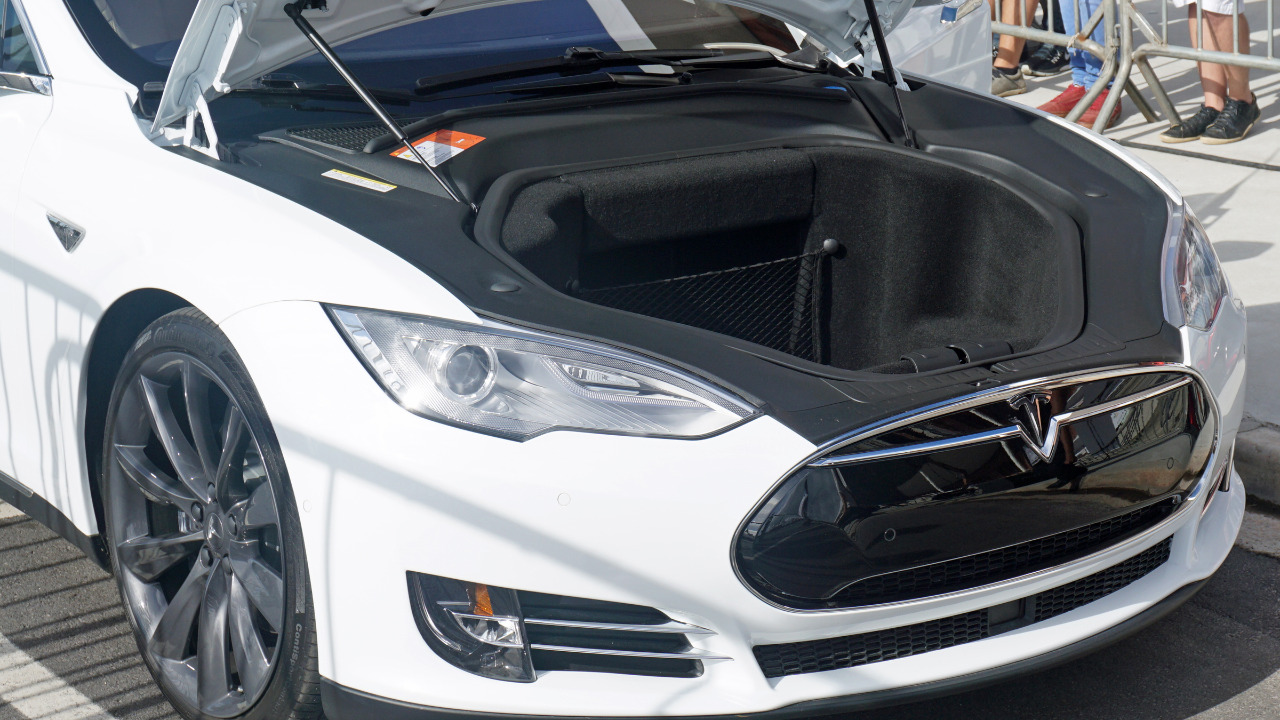
The innovative use of front trunk space, or “frunk,” by Tesla has been adopted by other electric vehicle manufacturers. The Nissan Leaf and the Ford Mustang Mach-E, for example, also feature this additional storage area.
Frunks provide extra storage space by utilizing the absence of a traditional engine. This clever use of space is particularly beneficial for electric vehicles, allowing for more efficient use of the vehicle’s design and enhancing practicality for owners.